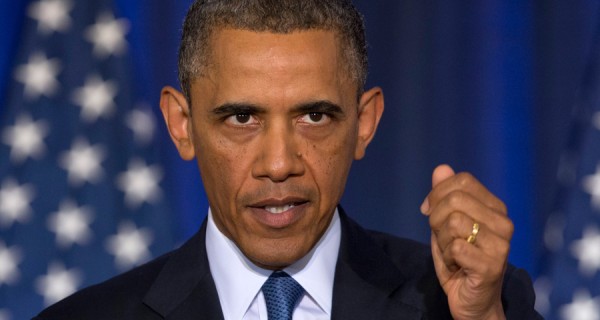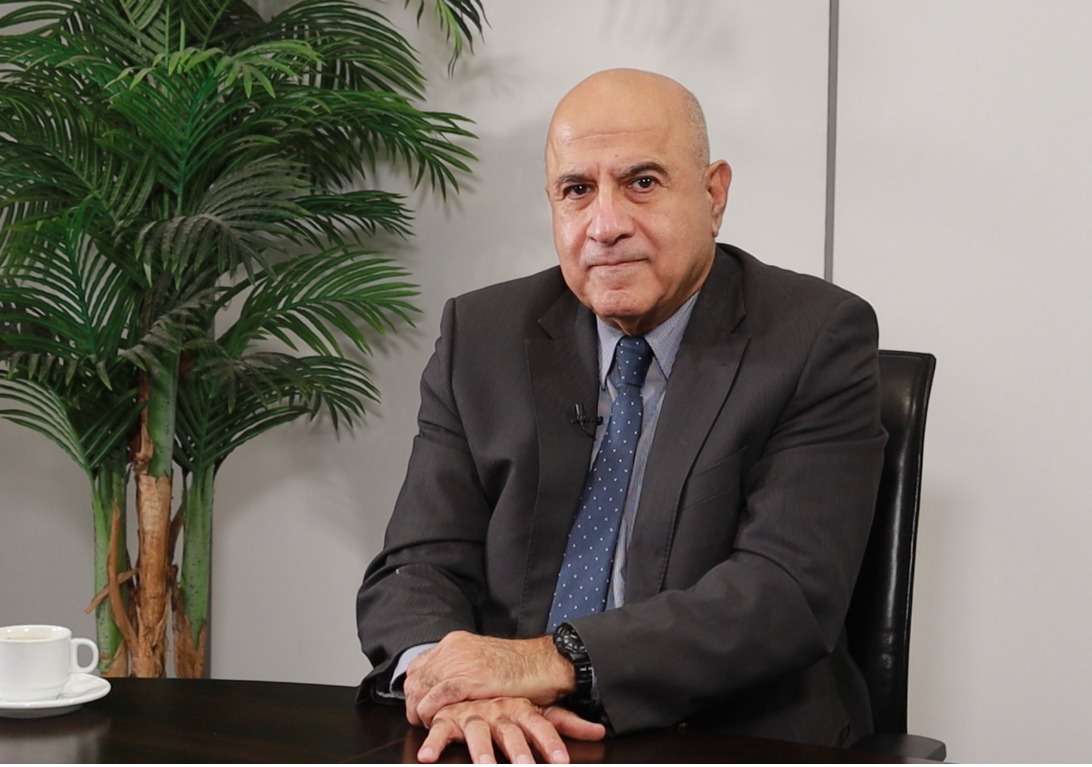Obama’s nightmares are converging in Yemen
Joyce Karam/Al Arabiya
Thursday, 23 April 2015
If counterterrorism, maintaining regional security and alleviating proxy wars are the pillars of U.S. strategy in the Middle East, then the unraveling of the Yemeni state – once a “success“ model – giving rise to Al Qaeda and proxy wars in Sanaa, are nothing short of a horror scenario for the Obama administration. By now, President Barack Obama would have hoped that his approach of engaging Iran, employing an unprecedented number of drone strikes against Al Qaeda and beefing up the GCC militaries would deal a blow to terrorist organizations and promote regional dialogue. But the exact opposite scenario is playing out in Yemen, Syria, and Iraq, where Al Qaeda has been strengthened by the current chaos, and the level of distrust between Iran and its Sunni neighbors is at an all-time high.
An emboldened AQAP (Al-Qaeda in the Arabian Peninsula)
In Yemen in particular, where a protracted conflict seems a more likely outcome in the clashes between pro and anti-government forces, the current fighting which started when the Houthis took over Sanaa last September has only emboldened the Al Qaeda’s Yemeni franchise, known as Al Qaeda in the Arabian Peninsula (AQAP). In the case of Yemen, a strengthened AQAP and a militarized proxy war lays to rest Obama’s model of success there After eight months of Houthi military advances in Yemen, AQAP is stronger than any time before 2011 in that region. Meanwhile, the U.S. counterterrorism strategy is in the gutter following the departure of U.S. personnel and special forces in the country. According to the New York Times, AQAP took control of a major airport and an oil export terminal in southern Yemen, after it “seized the nearby city of al-Mukalla and emptied its bank and prison.”AQAP’s resurgence in Yemen did not start with the Saudi-led military campaign, nor will it end with its eventual termination. Nadwa al-Dawsari, a conflict analysis expert with more than 15 years of experience in Yemen, speaks of a more complex political and tribal structure that has benefitted AQAP.
“Tribes consider the Houthis as outside aggressors” Dawsari said in a conference call organized by the Washington-based Arab Gulf States Institute. The expert adds that “some tribes have joined forces with Al Qaeda to fight Houthis,” in a battle that dates back to 2011 and is not exclusively limited to the Shiiite Houthis and tribal Sunni divisions in Yemen.
Following the ouster of leader Ali Abdullah Saleh in 2011, the Houthis were not satisfied with their share of resources and territory in the country, nor with the governing style of current President Abdrabbu Mansour Hadi. While many of those grievances are legitimate, addressing them in a coup and military infringement on the tribal south has only aggravated the problem. The Houthis’ overreaching in their military push to the south was an opportune moment for Al Qaeda, extending a hand to the locals in fighting the “unwelcome aggressors.”Claiming that the Houthis and an ousted president are the force to fight Al Qaeda misses Yemen’s history and geography, and ignores the tribal realities on the ground.
Even without the Saud-led intervention, the situation between the tribes and the Houthis was heading towards confrontation and a battle of insurgencies. AQAP in Yemen can only be defeated through an inclusive political process and by a military structure that is supported by the majority in a stable Yemen. Absent of a political solution, the current dynamic spells a disaster for U.S. counterterrorism strategy against a group which harbored radical cleric Anwar Awlaki, trained the Charlie Hebdo perpetrators and tried to attack the U.S. in 2010 through toner cartridges.
Regional rift weakens Obama
Obama’s AQAP headache in Yemen is compounded by regional divisions and the high level of distrust between Iran and its Saudi-led neighbors that will only prolong the conflict. Accusations of Iranian military support to the Houthis, and Hezbollah’s public embrace of their struggle have put Yemen on the proxy war map – already in play in Syria, Iraq, Libya and Lebanon. Ironically – and for seven years – President Obama has sought to bring Iran closer to the regional fold by resolving its nuclear standoff and advocating direct engagement and dialogue with its leaders. But even as a nuclear deal seems in sight, troubles with Iran in the region are only coalescing. From Syria to Lebanon to Yemen and Iraq, and even with its former ally Turkey, distrust is building up in Iran’s regional behavior.
It is unclear how a nuclear deal could shape such behavior but regional countries are no longer waiting for such outcome to determine their actions. Lines are being drawn in the sand from Yemen to Syria in countering Iran’s role ahead of a potential deal end of June. In the process U.S. regional influence and messaging are on a downward spiral. Turkey for its part feels more emboldened today to act, even on a small scale, in Syria just as the UAE and Egypt have acted in Libya, and as the Saudi-led coalition has done in Yemen.
While a Middle East that is less dependent politically and militarily on the United States is a welcome outcome, matters become more complicated when such actions are a direct challenge to Washington or undermine U.S. goals in the region. In the case of Yemen, a strengthened AQAP and a militarized proxy war lays to rest Obama’s model of success there and limits the U.S. policy to directing drone attacks and dispatching aircraft carriers.






















